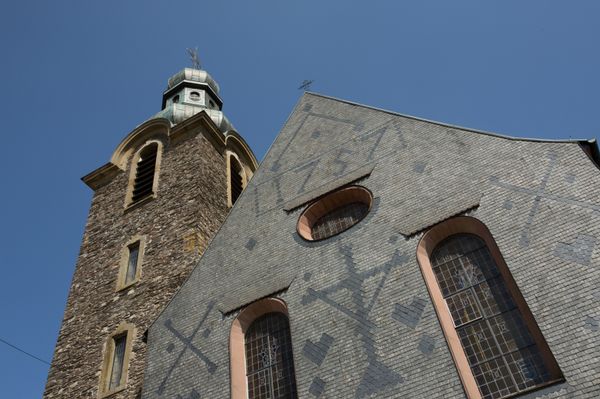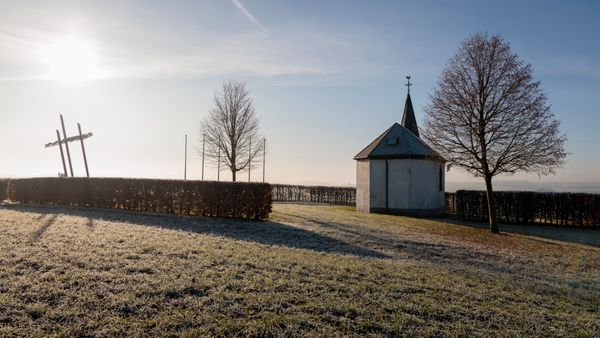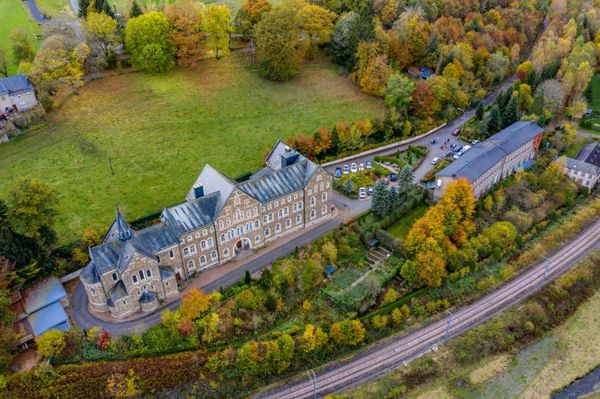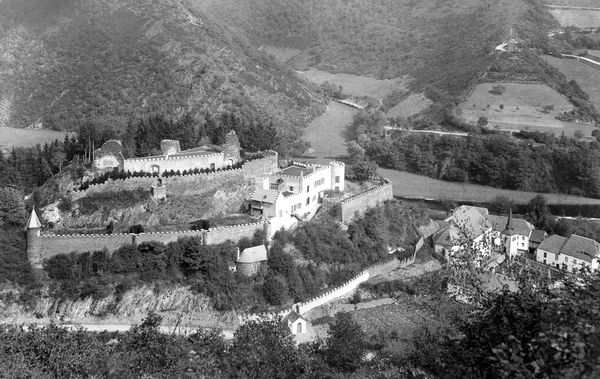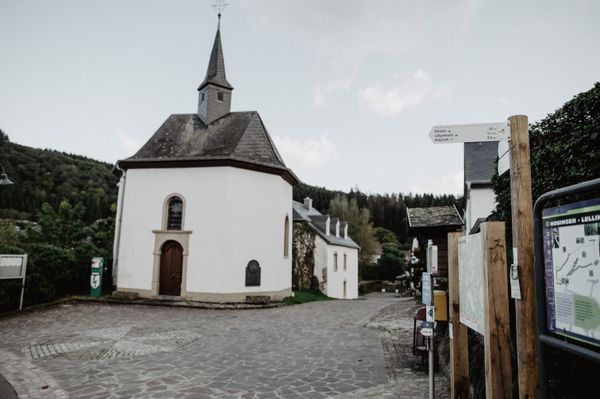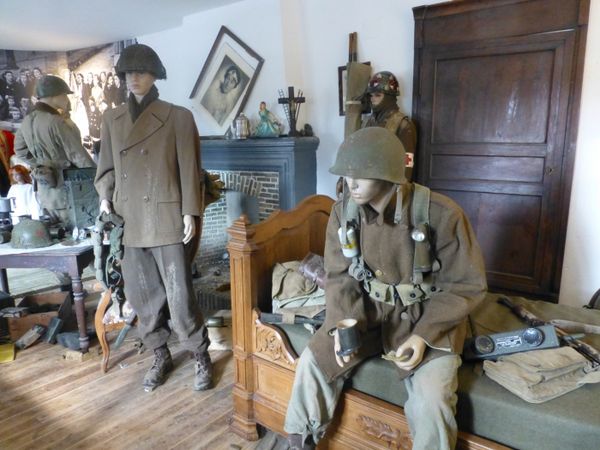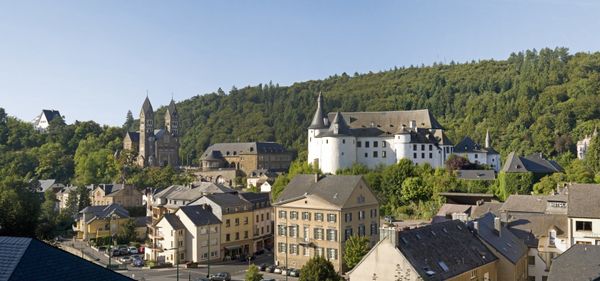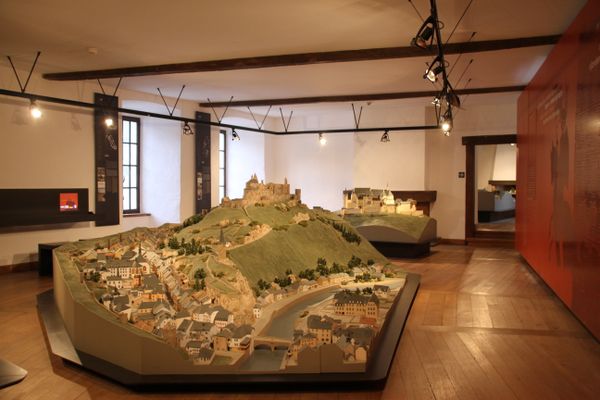
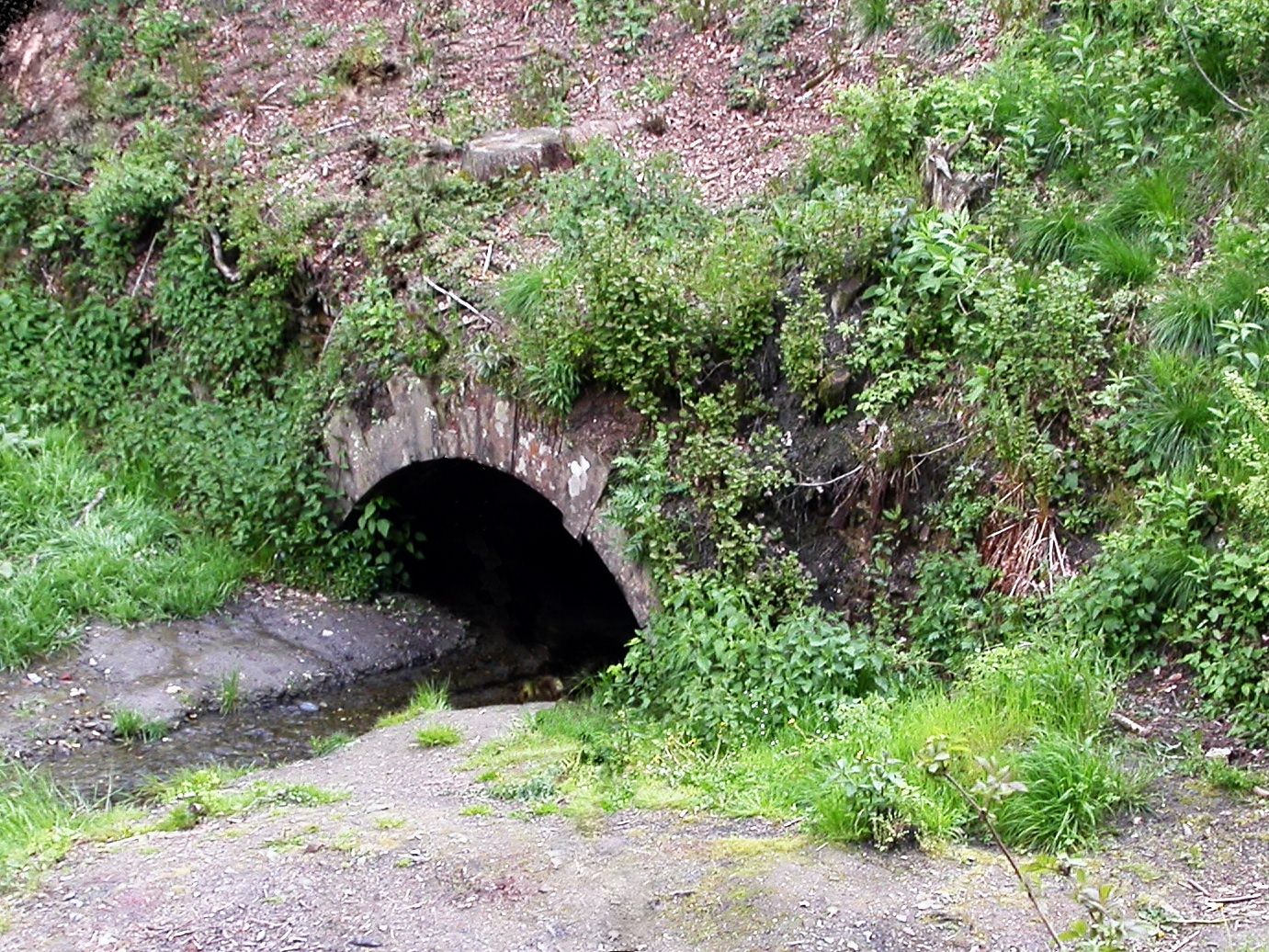
Houffelter Kanal - Meuse-Moselle Canal
The Canal That Never Was: The Ambitious Plan to Link Belgium and Luxembourg
In the 1820s, an ambitious plan took shape: the Meuse-Moselle Canal. This waterway was meant to boost trade across Belgium and Luxembourg, and its centerpiece was to be the Hoffelt tunnel, a vast undertaking to connect the two countries. While short-lived, the project left its mark on the small village of Hoffelt, where traces of this endeavour can still be found.
Economic Hopes and Engineering Challenges
Luxembourg, facing an economic downturn, saw the canal as a lifeline. King William I of the Netherlands championed the project, hoping to connect the industrial Meuse region with the Moselle, opening new markets for trade. However, the Ardennes terrain was unforgiving. Engineers devised a plan requiring a tunnel over 2.5 kilometers long, between Hoffelt in Luxembourg and Buret in Belgium, a daunting task for the 1820s.
Hoffelt Transformed
Construction began in 1829, transforming Hoffelt. Hundreds of workers descended on the village, necessitating housing and a dedicated brick factory for the tunnel. Some locals didn't support this project. Local notary, Georges Dengler, for example, rallied farmers against the project, citing land disputes and compensation issues. Despite these tensions, the community also saw the potential economic benefit from the influx of workers purchasing supplies and services.
Revolution and Ruin
The project's grand vision crumbled with the Belgian Revolution of 1830. Political upheaval brought work to a halt. With Belgium now independent, the canal was bisected by a new border, rendering its completion impractical. The Hoffelt tunnel, partially excavated, stood as a symbol of an ambitious dream cut short.
Unfinished Legacy
While the Meuse-Moselle Canal was never realized, its legacy in Hoffelt persists. Visitors can trace the unfinished canal route and the tunnel entrance, reminders of a time when the village was at the heart of a major engineering project.
Opening hours

